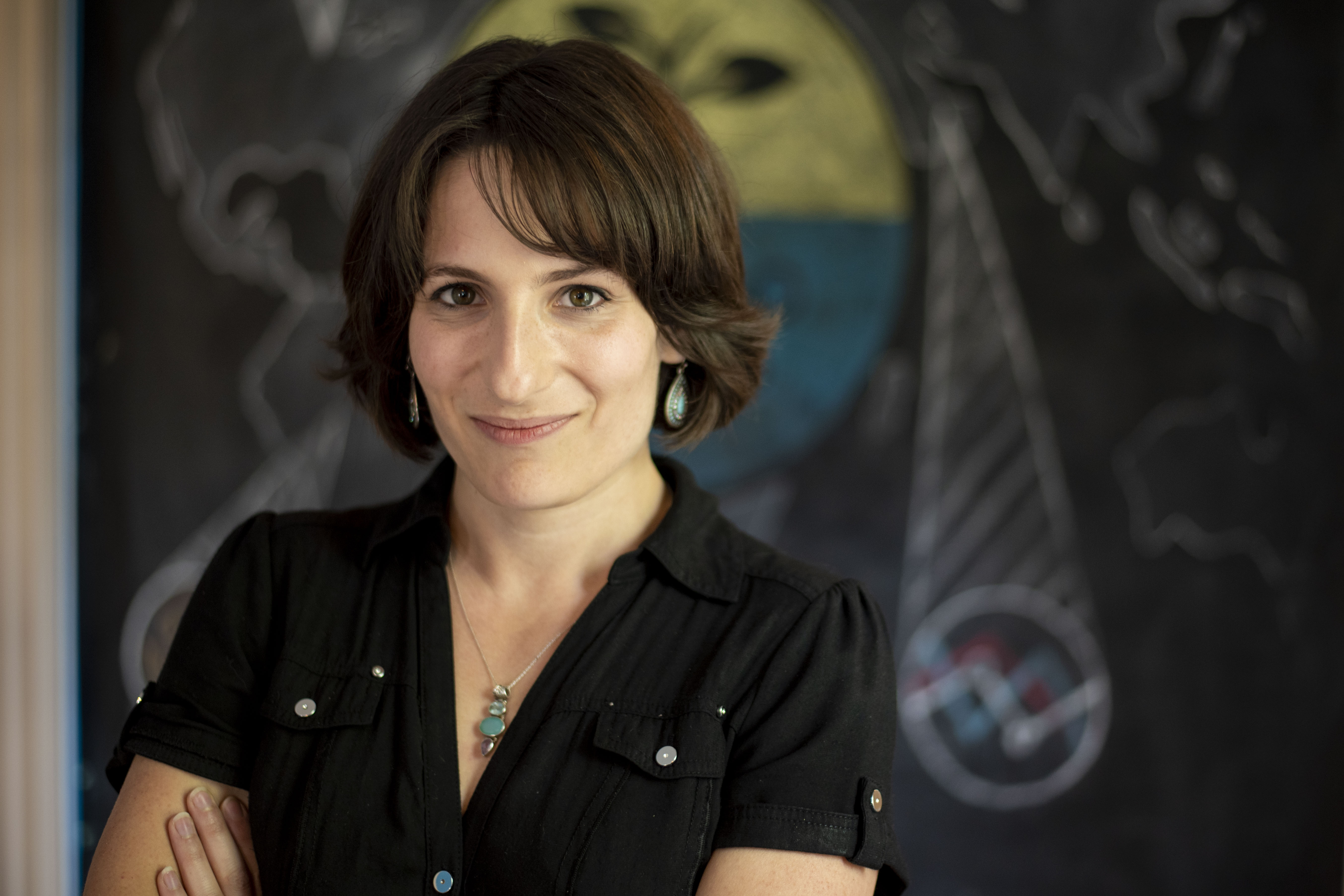(Cross-posted from Aaron’s blog)
For all the talk about games-based learning and gamification of the classroom, I’m surprised the question of assessment hasn’t come up as often as it should have. If it does come up, it’s usually in the form of using games as assessment (e.g., designing a game that demonstrates your understanding of something). Having worked with some assessment gurus in the past, I’m always pushing myself to rethink assessment and to avoid traditional forms of assessments like the plague, so a few ideas inspired by games have seeped into my head over the years.
Generally speaking, there are two common forms of assessment used in schools. The most straightforward kind is when you have an answer key and your students’ responses are graded against that. Then you have normed or standardized assessment where the score is compared against a group that represents what level the students should be at. Then there are variations on the same theme. At the University of Michigan Business School where I got my undergraduate degree, the median grade was a B, and everyone else was given a grade accordingly. In other words, if the median grade in a class happens to be 95/100, then that’s a B. It makes for very brutal competition which, I’m sure, was the whole idea.

Source: IGN
Interestingly, games often assess players in ways similar to schools, using letter grades, numerical or percentage scores, and ranking. Devil May Cry and Dance Dance Revolution gives you a letter grade at the end of a round. In first-person shooters (FPS) you get all sorts of statistics like kill-death ratio (i.e., the number of people you kill vs. the number of times you’re killed). In roleplaying games (RPGs) you have levels, each successively harder to achieve than the former. Other games give you arbitrary goals to achieve; for example, in Assassin’s Creed: Brotherhood, you get bonus points for completing a mission under certain specified constraints, such as completing it under a certain time limit, or kill your targets without being caught, and so on. All of this stuff gets further “gamified” with leadership boards and rewards, which basically announce to your friends (and anyone else in the world who cares) what you’ve achieved.
Then there’s the self-imposed challenge. This is something that players do on their own, usually independent of the game’s goals. In extreme cases, as in some of the examples listed in the linked website, players would try to accomplish very difficult tasks, such as playing through a roleplaying game without ever dying, or achieving 100 percent in all the game’s goals and treasure hunts. To say these challenges are ridiculously hard would be an understatement, and it’s amazing they even exist. In more moderate terms, probably all players pursue self-imposed challenges, whenever they set off to challenge themselves to do better than they did last time, to beat their best score, to continuous improvement.
Arguably, this is something all of us do in our “real lives” as well. We try to read more books than we did last year. We try to run an additional mile in the morning. We try to eat more vegetables. We try to eat more organic. We try to reduce our carbon footprint. We try to learn a new language. We try to call our siblings more. All these are self-imposed challenges. None of this necessarily means that they work. We all make ambitious New Year’s Resolutions that often don’t pan out. But I speculate that the rate of failure has more to do with whether the self-imposed challenge is truly self-imposed or society-imposed. In other words, are you staying in shape because you want to stay in shape, or because you think society wants you to stay in shape? Are you reading more books because you genuinely like reading, or because society values reading? My guess is that if it’s truly self-imposed, its rate of success would be higher.
How This Could Work In Schools
For this to work, we’ll have to completely rethink the way students are graded. First, they’ll have to be graded against their past performance. The greater their improvement, the better their grade. (Ideally, we’ll do away with grades altogether, but that probably won’t happen anytime soon.) This way, your performance isn’t compared to a standard (usually based on test takers who don’t share the same worldview and characteristics as you do) but to yourself. This would change the nature of assessment so that it’s not measuring your deficiency against another group, but measuring how much you’ve improved. Hopefully, this would inspire students to find out how to improve themselves continuously, in a way similar to how self-imposed challenges are structured.
This wouldn’t work with traditional forms of assessments like multiple-choice tests and fill in the blanks because, if you got 100% the first time, you wouldn’t have any more room to improve. And that’s a good thing because those forms of assessment have no reason to exist any longer. They’re just lazy methods that make tests easier to grade.
This would work with more authentic and multifaceted forms of assessment, such as projects, papers, and case studies, because there’s always something you can improve on. The instructor’s job would be to identify possible areas of improvement, not by telling the student exactly what she can do, but offering exemplars and constructive feedback. Students should also play a role in deciding for themselves how to improve it further, set these as goals for themselves in subsequent assessment, and then see if they manage to achieve it. This already happens in self-assessments, but I think this would work more effectively. Finally, they can also collaborate with their peers and help each other set goals for one another. They’ll have to discuss what makes a piece of work “good” and what it takes to accomplish that.
Grades inspire competition, which can be great but can often be unfair. The grading system in schools today is rigged and the consequences are long-term. Furthermore, grades should be a form of useful feedback, and they’re useful if the student can do something with it to improve their grade. Often times a grade is the last piece of feedback they get before moving onto a new unit or new class. They find out what they didn’t know, but they don’t get to improve on it. That’s not very helpful. A D-grade paper and a margin full of comments should be the start of an assessment cycle, not the end. The student should be able to take those comments and rewrite the paper until it’s good. They should have a chance to get an A. In other words, a grade should not be the last word on a student’s achievement.
In this case, the assessment would be continuous. Students would be setting goals for themselves on a regular basis, not just once a year. That way, teachers can check in to see whether students are reaching their goals, and then further challenge them to newer, more difficult ones. It’s be a genuine feedback cycle, not a surprise ending at the end of the year.
Self-Assessment
I’ve looked into self-assessments in the past. They’re fine, and they’re certainly better than traditional assessment. You can consider the self-imposed challenge a way of taking it to the next level.
One problem with self-assessment is that it’s still about the teacher decide those goals ahead of time. Furthermore, while it’s good that the self-assessment puts the focus on reflective learning, I think there should also be a slight emphasis on improvement. This changes the question from “How do I think I did?” to “What can I do to improve?”
The Drawbacks
I see three main drawbacks to this idea: 1) too much variation in a classroom and 2) too much stuff for the instructor to keep track of, especially in a large classroom, and 3) students setting easy challenges.
The problem of variation is only a problem if you still think of schools as a factory, where every product that comes out of the assembly line needs to be identical. In real life, that’s less of an issue. People are different. You’re not graded for not being like your neighbor or your brother-in-law or your best friend. You set your own goals. (Yes, I realize that we do get compared to others all the time, but these comparisons shouldn’t matter and they certainly cause us to change what we really want to do.) The only concern then would be that you set “good” goals for yourself, and that’s what schools should help you do. This assessment isn’t meant to be an “anything goes” approach. That’s just the starting point. If a student tries to set really misguided or deliberately bad goals for herself, the instructor and her peers step in to help. In other words, this would be preparing students for more self-guided learning and improvement.
In a big class, this can be a logistical issue. Instructors have lots to keep track of, and this will only add to it. I think databases or record-keeping logs can be used to aid in this problem. It’ll be more work than just using an answer key, but it’ll be more meaningful in the end. Students should also be the ones doing most of the record-keeping anyway, as they would in a self-imposed challenge.
There are probably topics that this assessment won’t easily work for. This will be topics like math, which are more black and white than other topics. For this to work in these subject areas, instructors will have to rethink a few more additional things, such as whether there are ways of assessing math without using quizzes and tests. I’m going to say “Yes, there is” but I don’t have an easy answer for this one because I’m not a mathematician. I do know that math made a lot more sense to me when I read about some of its history so I’m assuming that there are ways of making math less math-like but still math. Social anthropologist Jean Lave has already shed some light in this area when she compared “school math” and “real life math,” so this idea might even inspire subsequent changes in how we teach.
I’m sure some students would be tempted to set really low goals just to make sure they can get it. This is less of a problem in games because, by setting their own goals, they already are deciding for themselves that the goal is worth pursing for them. In other words, they’re not just setting their own goals, but their own criteria for assessment. Letting students set their own criteria will be the toughest challenge for them and for the teacher because it’ll require a complete reimagining of assessment. It could be that instructors have to provide guidelines to ensure that students set meaningful goals. This will also force instructors to know their students really well and be able to see whether the goals the students set are realistic. If it looks like students will be given different criteria for assessment, that’s because that’s exactly the point. That’s what happens in differentiated instruction (hence the name). This would just make it formal and tie it back to the assessment.
The Benefits
There are lots of talk about why games or games-based learning is good for schools. I think that’s all fine but I think the trick is for researchers to find “middle ground” as well. Schools won’t change overnight or even over decades, but small changes like this one could help people rethink the role of assessment. This idea isn’t about bringing games into the classroom, about valuing the same type of self-motivation and self-guided goals in player behavior in a classroom context. Students need to feel that their goals are attainable and that they have a role in shaping that attainability.
It’s always a fine line between letting students set their own learning goals and forcing ours into their heads. I’m not so postmodern to believe that there isn’t such a thing as “good” but I think there are benefits of talking about what makes something good. This form of assessment will make that discussion even more relevant for students and it’ll encourage constant reflection.
One additional benefit is scalability. If you think this idea has potential but aren’t sure how it’ll turn out, you can use this for one project in your class and see what happens. There’s bound to be some fine-tuning needed, and you might find that you’ll need to tighten or loosen your control as you see fit. Students might be initially unsure of what to do, which is why you’d want to start small. Ideally, all students should engage in self-imposed challenges on their own but people should be allowed to pick their own challenges. Not everyone cares about the same things and there should be different ways for students to pursue different goals and still find meaningful learning in the end.
Concluding Thoughts
Over the course of my teaching, I’ve often felt the pull to fall back on traditional forms of assessment, not just because they’re easy, but because they’re recognizable as assessment. By graduate school, students are so used to multiple-choices and essays that they understand those are assessments and typically won’t question their value or purpose. At the end of the day, there’s still a grade you have to give. Some day, perhaps that will go away, or at least be valued differently.
I’ve yet to try this out in my own classes, but I hope to some day. There are still questions I have about it that require further thought. One of them would be how students would react when you ask them to pursue their own goals. If they’ve been socialized enough by traditional schooling they’re likely to react with confusion. I’ll probably float this idea with my assessment gurus at some point and see what they think. I’ll probably talk to my students as well and see what they think. Any feedback and comments from readers out there will be highly valued as well.




